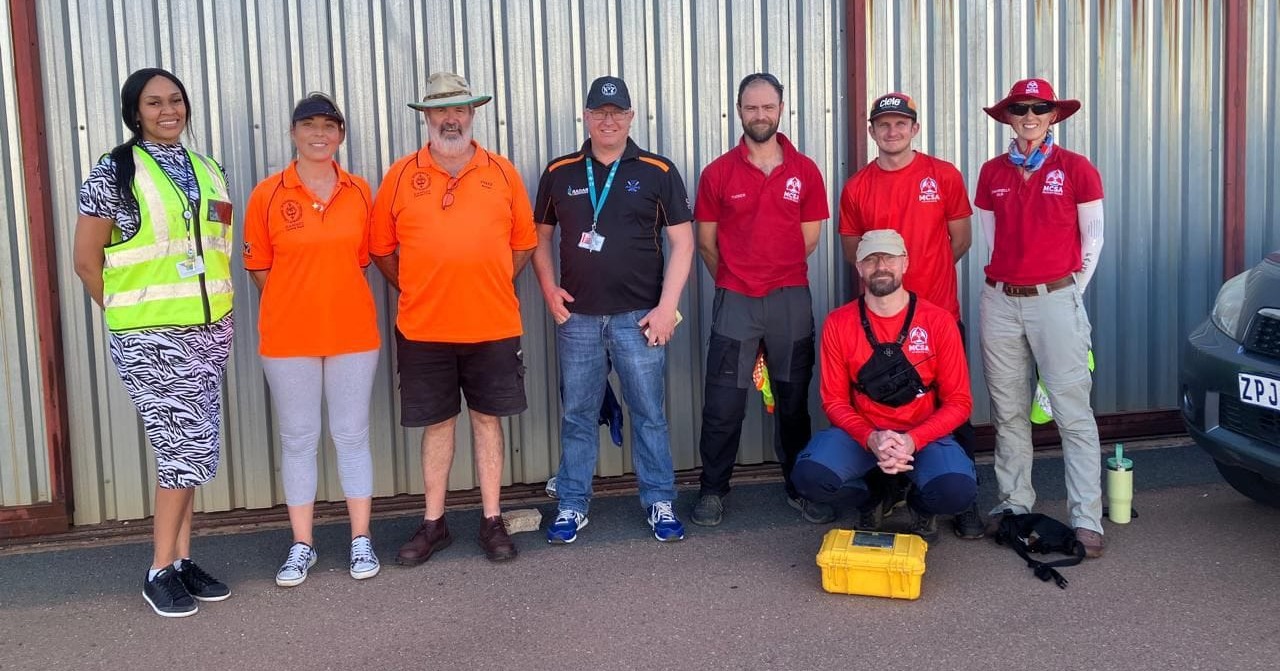An Aircraft ELT was accidentally triggered at the Wonderboom Airport (City Tshwane); an ARCC-coordinated electronic search for the aircraft located the aircraft, and the device was deactivated.
Last month (24/11/20), the ARCC was notified through the International Cospas-Sarsat Programme’s detection system that a 406MHz ELT (emergency locator transmitter) device was triggered. Information that could identify the aircraft and contact the owners, as well as its precise location, was not available, and an electronic search had to be conducted at the airport. In simple terms, an electronic search is a procedure where a specialised direction finder is used to “home in” on a radio signal to find its source. The ARCC requested our MSAR Gauteng team and Hamnet to assist in finding the aircraft using the MSAR Gauteng Direction Finding equipment. The team successfully located the aircraft with the active ELT where it was parked in one of the hangers and arranged for it to be deactivated.
How and ELT works
An ELT is an aviation safety-related device fitted to aircraft. It is designed to be triggered when the aircraft is subjected to a hard impact and then immediately transmit a satellite signal to alert authorities that something could be wrong with a location; they can also be triggered manually in an unfolding emergency.
Modern 406MHz ELTs transmit a digital message via the International Cospas-Sarsat Programme’s three satellite constellations (consisting of geo-stationary, Middle earth orbit, and low-earth orbiting satellites). The message contains an identification (referred to as a Hex ID) and if available, position information that helps rescue authorities reduce the response time to aviation incidents (i.e. ideally to take most of the search out of SAR). As part of international aviation safety measures, most large commercial aircraft are required to be fitted with ELTs, but many smaller aircraft also have the devices fitted. EPIRB (Emergency Position Indicating Radio Beacon) and PLBs (Personal Locator Beacons) are related emergency devices that use the same underlying technology but are designed for vessels at sea or for persons. Note that this specific technology differs from other types of commercial emergency devices such as InReach, SPOT, Spidertracks, cellular network-based trackers and many others. The 406Mhz emergency locator system has higher device and operational standards and is overall a more robust system. It has several redundancies built into the overall system. It is also formally incorporated into the International Civil Aviation Organisation’s emergency and rescue structures (of which the South African ARCC forms part).
ELTs are required to be registered to enable authorities to allow the owners to be contacted but in this case, the device (which is identified through a unique HEX ID) was not registered with any country or database which necessitated a physical, electronic search for the beacon.
On behalf of the ARCC we remind pilots, vessel owners as well private individuals to ensure your ELT, PLB or EPIRBs are registered. If you are unsure if your beacon is registered, please contact the ARCC, MRCC or South African Civil Aviation Authority – SACAA.
Electronic Search
A secondary function of many ELTs devices is transmitting an analogue tone on the aviation International Air Distress frequency (121.5MHz). All aircraft radios can receive and monitor this tone, which alerts Air Traffic Control and pilots that monitor this frequency to the fact that something is wrong. For this incident, some of the aircraft in the vicinity, as well as the control tower, were aware of the triggered device which was transmitting on the Air Distress Frequency but were unable to locate it. The transmission also meant that the frequency was partially blocked for real emergency communication. It was, therefore, important that the device be deactivated as soon as possible.
The primary role of the 121.5MHz signal is that it can be used as a “homing signal” which can be tracked through specialised direction finding equipment (informally referred to as a “fox hunt” in the amateur radio community). MSAR, which is a rescue resource to the ARCC, has direction finding equipment part of our rescue equipment that was located nearby and was requested to assist in the electronic search.
What is an aircraft ELT and how does it help in Search-And-Rescue? https://t.co/h5CxzLGei0#ArriveAlive #AircraftELT #SearchAndRescue #MountainClubOfSA pic.twitter.com/HBsxsip0pW
– Arrive Alive (@_ArriveAlive) December 3, 2024
